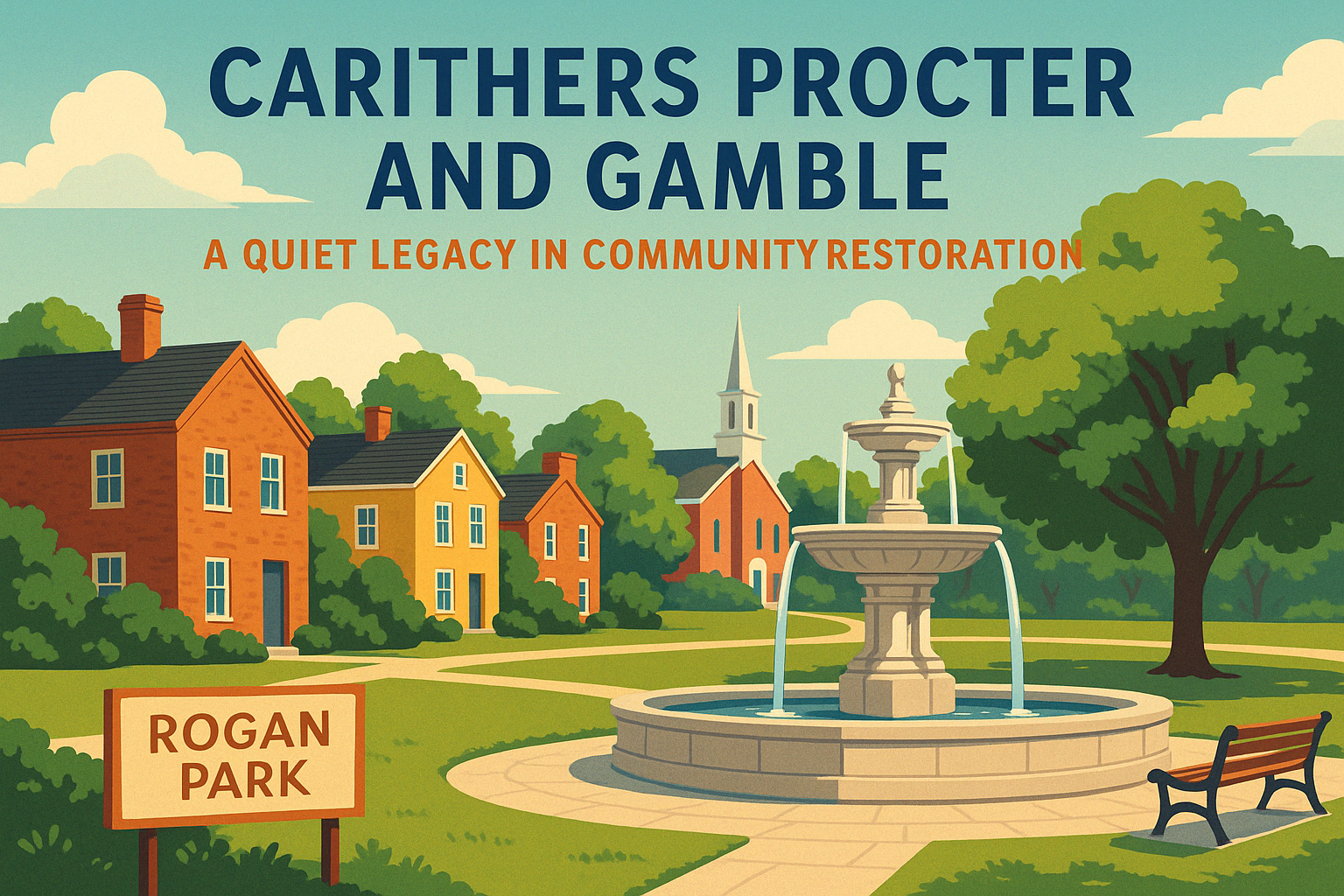Procter & Gamble (P&G) is one of the most recognized consumer goods companies in the world. It was founded in Cincinnati, Ohio, in 1837 by William Procter and James Gamble. From soaps to baby care, its brands are part of millions of homes today.
The Carithers name is not listed among the founders of P&G. However, historical and community ties link the Carithers family to the same regions where P&G developed its early roots. This has led to connections that are worth exploring from a local heritage standpoint.
Over the years, both names have appeared together in various community projects and legacy preservation efforts. These links help paint a richer picture of regional influence and support. While corporate history often highlights business transactions, it is also shaped by those in the background—like the Carithers family.
In this article, we explore the ways these two names—Procter & Gamble and Carithers—intersect through history, community projects, and local developments. This includes their involvement in preserving public spaces and historical monuments.
The shared impact of both families helps highlight the role of philanthropy, community building, and legacy preservation in the backdrop of a global business like P&G.
Historical Background
Procter & Gamble started small but rapidly grew, thanks to the booming soap and candle industries of the 19th century. The company was headquartered in Cincinnati, Ohio, which also became home to many influential families, including the Carithers.
The Carithers family was known in local circles and played roles in community support and real estate. Their presence in Ohio’s historical records shows longstanding involvement in civic and philanthropic life.
While they were not part of P&G’s executive leadership, their close proximity to P&G’s founding location meant that indirect links and partnerships eventually formed. These might include land donations, civic initiatives, or personal relationships with Procter family members.
Historical records indicate that Carithers family members contributed to the upkeep and restoration of important landmarks that also bear the Procter name. These efforts often aligned with projects supported by the descendants of William Procter.
Such community efforts may not always make headlines, but they add depth to our understanding of how a major corporation like P&G operated in its early and middle years with support from neighboring families.
Community Contributions
A major link between the Carithers name and Procter & Gamble appears in Glendale, Ohio, particularly through Rogan Park. Within this park sits the William A. Procter Fountain, a structure donated by William Procter’s descendants.
Over time, the fountain and park required repair. Members of the Carithers family were involved in community efforts to restore and maintain this historical feature. This action helped preserve a small piece of P&G’s legacy within public space.
Such restoration projects show how historical families support one another’s legacies across generations. The Carithers’ contributions served as both a gesture of community loyalty and a means to preserve shared history.
Restoring a public fountain may not sound major, but it carries historical and emotional significance. It’s about protecting the memory of individuals who shaped local and national business development.
By helping preserve the Procter Fountain, the Carithers family positioned themselves as quiet caretakers of regional legacy. Their participation allowed modern communities to continue experiencing pieces of Cincinnati’s heritage.
Legacy and Impact
The Carithers and Procter names have both become tied to charitable acts and public enhancements. From schools to parks, their names appear in civic donation records and public acknowledgments.
Their influence is a reminder that legacy isn’t always built by founding a company—sometimes, it’s shaped by supporting the culture and history that company grew within. Quiet generosity has its own powerful effect.
Many of the structures and projects supported by both families still stand today, offering continued value to local residents. These projects are especially important in cities like Glendale and Cincinnati, where history runs deep.
Children play in parks and families gather around fountains that exist because of these historical collaborations. These community bonds strengthen shared memory and respect for those who gave to the public good.
In this way, the Carithers family’s legacy complements Procter & Gamble’s corporate achievements. It creates a more human, local story around a giant multinational brand.
Conclusion
The name Carithers may not be widely known outside of Ohio, but their story shows the importance of behind-the-scenes contributions to big historical narratives. Their influence still matters.
By helping preserve structures like the William A. Procter Fountain and participating in civic development, the Carithers family honored both their own legacy and that of P&G’s founders. This shared investment has benefited generations.
The partnership between community-minded individuals and corporate leaders reminds us that progress requires teamwork—even if one team works quietly in the background. The balance between legacy and humility is what makes these stories powerful.
In today’s world, where corporations often overshadow community efforts, it’s refreshing to look back at how families like Carithers shaped spaces without claiming corporate credit.
Their history with Procter & Gamble, though informal, adds another layer to the rich history of Cincinnati and Glendale. It’s a story of cooperation, pride, and silent guardianship of legacy.












